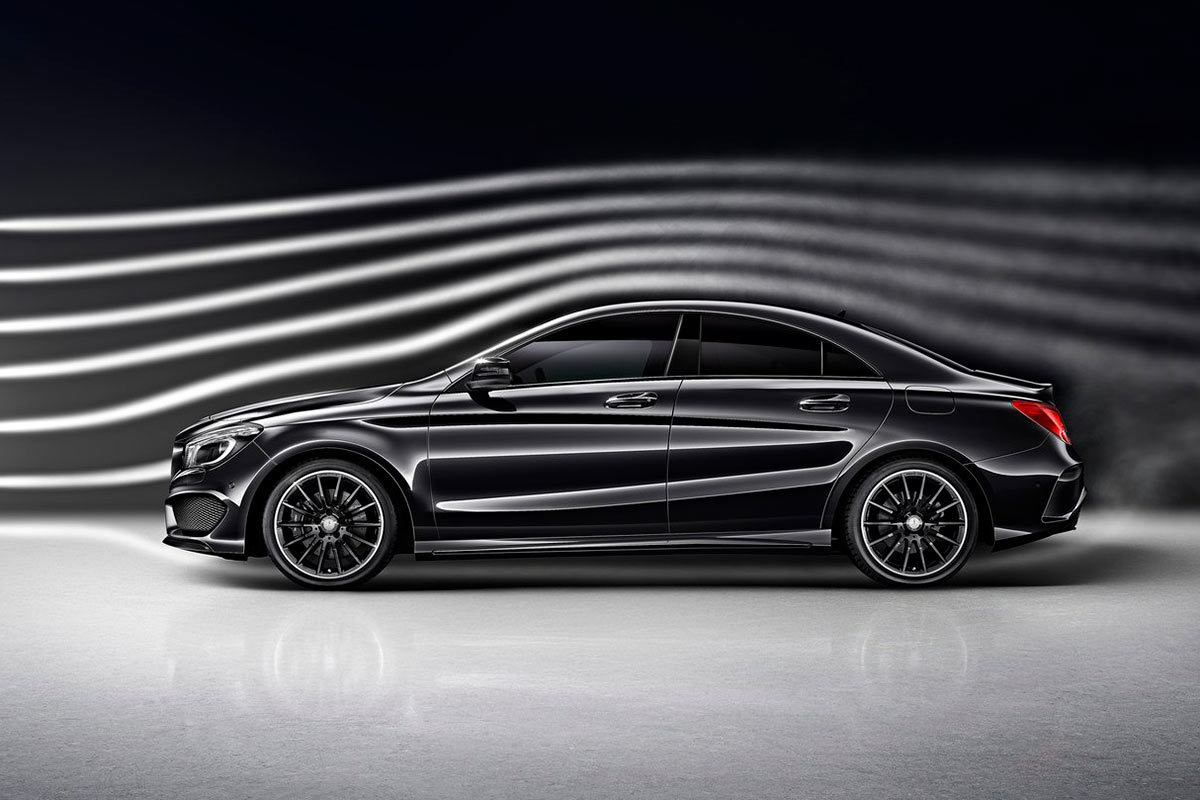DGT and City Councils The list of 'green' fines that threaten the Spanish driver
Own study Tesla's electric cars beat VW, Audi, BMW and Mercedes in efficiency
Who hasn't ever finished with their car's windshield, grille, headlights, and mirror caps riddled with hundreds of bugs crashing into them? Everybody.
It is a mere question of physics and nature: there are millions of insects and a car that crosses its path at full speed is an object impossible to avoid.
If at some point they came to perceive it.
However, the number of those who appear dead at the end of the trip seems to be decreasing.
And we say it seems, because
the so-called
windshield phenomenon
,
which is how this fact is known, arose from the subjective appreciation of motorists themselves.
And this was the one that aroused the interest of scientists because of the relationship it could have with the decrease in the number of insects.
Rare studies
The term had been used for years, but it
was from 2017 when it gained strength after the publication of a historical study by the Entomological Society of Krefeld (Germany).
They concluded that, in the last 40 years, the biomass of insects had been reduced by more than 75% in more than 100 nature reserves in Western Europe. It was one of the first great investigations
on the so-called non-charismatic insects, that is, those that do not attract the attention of the general population.
To this was added another
in 2019, made in Denmark for the period 1997-2017,
using car windshields as a control method.
Decreases of between 80% and 97%
were recorded
without the type of car being statistically significant.
As in another
British study
in which the number of impacts on license plates was measured,
noting a 50% decrease.
Route, time of day, time of year ...
Because, in addition to the smaller insect population, the researchers have also considered the effect that the aerodynamics of vehicles could have within a broader set of factors. Jason Weintraub, director of the entomology collection at the Academy of Natural Sciences at Drexel University, explains
what factors influence the number of insects that hit a windshield.
"It depends on the route
(if there are flying insect habitats on it),
the time of year
(there are less in winter),
atmospheric factors and the time of day
(at dusk there are more and at night they look for the light of the headlights, making it easier for them to crash into them.) There are "explosive combinations" of these elements, for example, when passing through the habitat of a species at the time of mating or migrations.
The effect of vehicle aerodynamics
But he also talks about the "type of vehicle and the speed at which it circulates." For example,
a slower-moving car causes insects to be trapped in the airflow or flying over the top of the car, rather than crashing into the glass.
Aerodynamics can also have a similar effect, suggests John Rawlins, chief of invertebrate zoology at the Carnegie Museum of Natural History.
Others do not think the same. Scott Black,
director of the Portland, Oregon, Xerces Invertebrate Conservation Society, stated in the article
Were Have all the insects gone?
(Where Have All the Bugs Gone?) Published in
Science
in 2017 that, as a young man,
"I was driving a Ford Mustang Mach 1, with some aerodynamic lines, and it was always covered in insects."
And Martin Sorg, an entomologist with the Krefeld Entomological Society, reinforced that argument:
"I drive a Land Rover, with the aerodynamics of a refrigerator, and in summer it stays clean."
ALWAYS CLEAN GLASSES
90% of the information that reaches the driver is through sight, so dirty windows can reduce visibility by up to 30%.
Carglass, a leader in auto glass repair and replacement, offers tips and advice to avoid this.
Thus, the liquid tank of the cleaners must always be full, to use them frequently (never with the sun facing) and not to let the insects dry out and accumulate.
You can also apply an anti-rain treatment, which makes them stick less, And once you remove them, it is advisable to use warm soapy water to soften them, pressurized water to remove them.
According to the criteria of The Trust Project
Know more
Motor
Environment
MobilityJoe Biden vs Donald Trump: from America first to America (electric) first
Environment Car brands are far from meeting CO2 emission limits
EnvironmentTesla electric cars beat VW, Audi, BMW and Mercedes in efficiency
See links of interest
Last News
Work calendar
Home THE WORLD TODAY
Master Investigation Journalism
Direct afghanistan
British Motorcycling Grand Prix, live
Stage 15, live: Navalmoral de la Mata - El Barraco
Troyes - Monaco
Barcelona - Getafe, live
Atlético de Madrid - Villarreal, live

